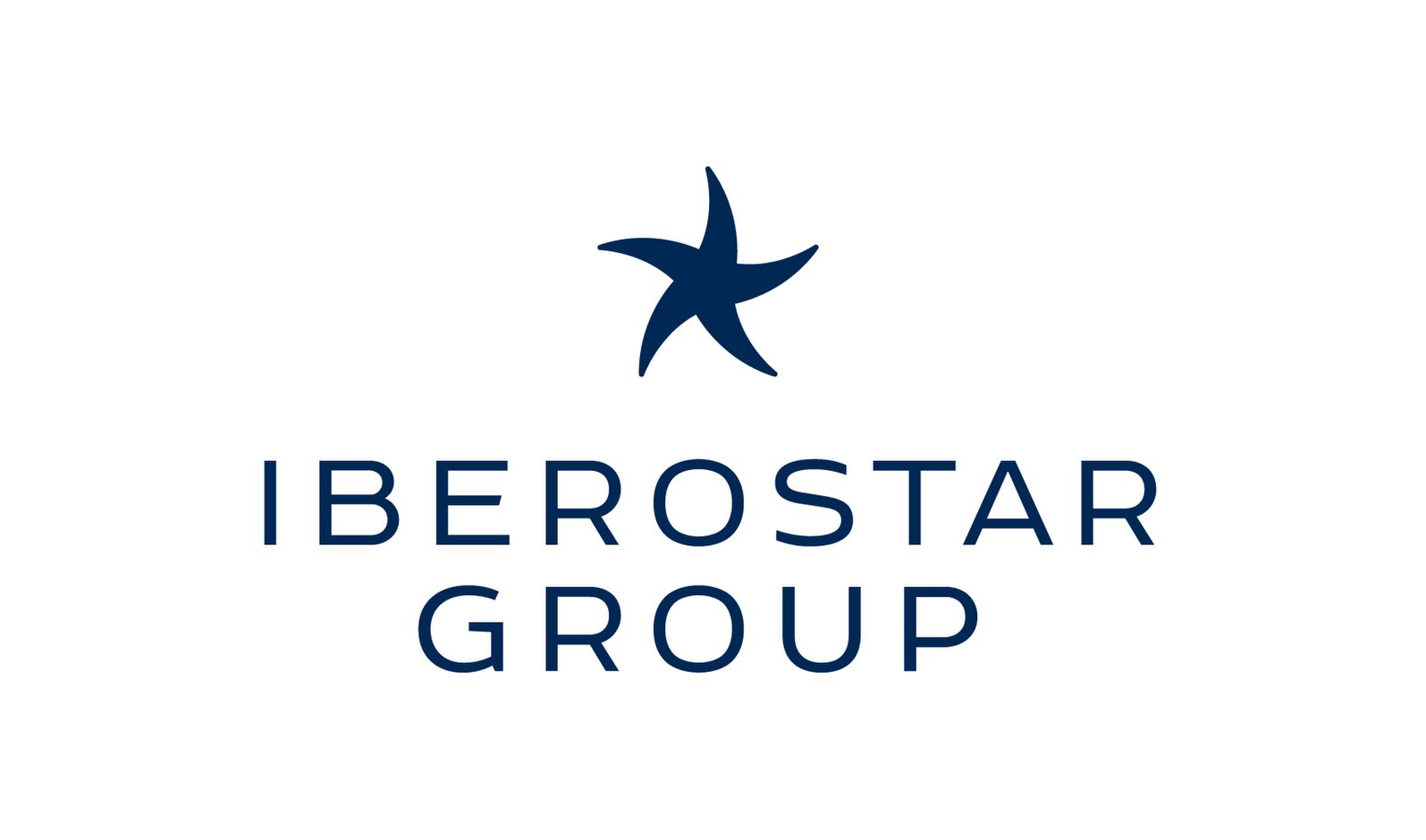Speed up your SAP client copying for improved testing
Client Sync, part of the Data Sync Manager (DSM) Suite, creates lean SAP clients that are fully functional and have complete data integrity; an alternative to a full system refresh.

Manage cloud storage costs
Save up to 75% of disk space
Improve testing with real, up-to-date test data
Reduce downtime when refreshing clients
Speed up refreshes by 90%
Are you struggling with SAP system copies?
When you’re managing an SAP landscape, it’s crucial to be able to create new systems seamlessly, without any interruptions to operations. You shouldn't have to worry about disk space, or wait days for copies and refreshes to complete. Also, it’s important that the refreshed systems operate seamlessly together. In most cases, companies are left with no alternative but to copy the entire system, so have designed their landscapes accordingly.
Client Sync™, part of the Data Sync Manager™ (DSM) Suite, solves this challenge, and enables a much more agile landscape.

Create fully functional clients with reduced footprints
Client Sync allows you to copy only the subsets of information you need from a working system. This has impressive advantages: it reduces the new client’s footprint and saves valuable disk space – up to 90% – which means your costs are drastically reduced. You can also refresh data frequently without interrupting the landscape, using our proprietary high-performance, asynchronous parallel processing.
Include transactional document flows to preserve integrity: Client Sync will automatically include referenced transactional data that lies outside your selected time period, which means that all dependencies remain intact in the new client, and your data is consistent. Our clients have the choice to turn this off when creating sandboxes.
Protect sensitive data
Use Client Sync in combination with Data Secure™ to scramble sensitive data in test environments, ensuring compliance with data privacy regulations, and in line with SAP’s RISE contract.
RISE with SAP: Improve your business case
By leveraging Client Sync, you can reduce your non-production environment to use a smaller appliance in the cloud. You can also manage that space on an ongoing basis to minimize long-term costs.
Reduce time with no BDLS
Post-processing activities are resource intensive, and can take a long time to complete after your full system copy. With Client Sync, these steps are automated; you only copy client data, so you can free up your Basis team.
Why choose Client Sync?

Why choose Client Sync?

The effort we were previously spending on refreshing is time we couldn’t spend elsewhere. With Data Sync Manager Client Sync, the weeks we save can be spent on other projects.
Wim Bastiaansen, Information advisor, The Greenery
I use Data Sync Manager to do a client copy. The benefit of using a client copy is that it is now much faster and it requires none of the lengthy post-processing time. Instead of having to plan for weeks, I can create a copy and it is ready within a day or two.
Suzanne van Kalsbeek, Manager Business Apps, Sound United/Masimo Consumer
We mainly use DSM to refresh our non-production test systems. Kingfisher has very large Production systems, so this proves quite a challenge, and EPI-USE Labs enables us to reduce the data footprint in those systems. The big benefit is that we don't want all our Production data in our test systems; we can reduce it massively using EPI-USE Labs' Data Sync Manager, by time-slicing, which is typically the main way we do it. This saves us a huge amount on system size and performance.
Steve Thorn, Kingfisher
DSM has saved us a considerable amount of time as refreshes have improved from manual intervention with a lot of costly activity, to minimal activity.
Jeff Greiner - Director, Enterprise Applications Engineering at Siemens PLM Software
The most important part of the project was the ability to create different copies of the system for a specific purpose or project, which was not possible before. It opened up new procedures and methods for testing and development.
Karel Ročák, IT Director, HP TRONIC
I was surprised by how much the post-processing time was reduced… In fact, post-processing is eliminated by Data Sync Manager. It is very impressive!
Erik Bollens, SAP System Engineer, Agfa
DSM has given us a faster, more consistent test process, and allowed us to meet ad-hoc business requests quickly. It’s also reduced our data footprint and masked our sensitive data, which is a big bonus.
Tom Garreis, SAP Basis & Security Manager, A.O. Smith
Our IT team can now refresh our test data (both SAP and non-SAP) quickly, easily, consistently and independently. We can run a refresh project of 54 operating companies in over 30 SAP systems in just a few days. And importantly, all our sensitive data is consistently anonymous.
Manoranjan Mishra, Product Owner: Insights Enablement Portfolio, Heineken
To have the ability to copy accurate, time-sliced data is very powerful. It increases our confidence level in terms of our testing before we put the solution into the live environment.
Harsha Patel, Technology Solutions Manager, BT
Want to know more?

Book your demo today
See Client Sync in action. Get a personalized demo from an expert so you can understand how Client Sync can help your company.

Get your free assessment
Can Client Sync help you save costs? Explore your SAP system size, footprint and more with our free DSM readiness report.

Explore question responses
Have questions about Client Sync and how it would work for you? Take a look at what other clients are asking in these responses to FAQs.
Get in touch
Speed up your SAP client copying for improved testing

